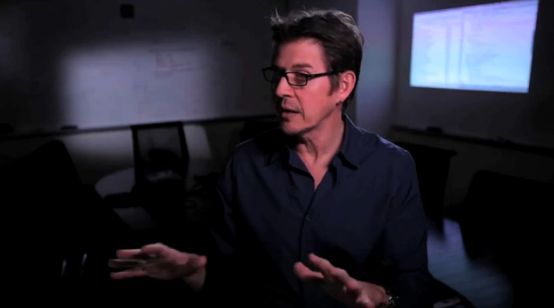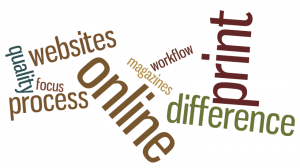 Image: Fiscal Times
Image: Fiscal Times
Warning: This post contains unsafe levels of sarcasm and eye rolling.
You may have begun your winter vacation last week, but while you were enduring awkward conversations with your extended family, the Time Inc. PR department was working overtime to convince the public that the magazine producer is thriving in this newfangled technological world of ours. All those olde timey magazines? Who cares? Time Inc. is making apps now. That’s right: apps. Everyone knows that apps are the future! Ever since 2008, which was six years ago, when the App Store launched, apps have been the future. But now Time Inc. is getting into the game, so watch out every other app, of which there were 25 billion on iOS as of May 2013! Clearly we have all—all of us in digital media, and, well, all of us everywhere around the world—been waiting to see just what kind of technology the minds at the magazine company Time Inc. will devise.
Time Inc. doesn’t just want to be known and just to operate as the publisher of popular magazines like Time, Sports Illustrated, InStyle and People any more. It wants to become a technology company too, launching its own products to rival the likes of Facebook, Twitter, Salesforce and even Tinder.
Does it now? I’ll bet those folks can do it! I mean, it wants to be a tech company. It wants to rival the biggest social networks on this planet. So it stands to reason that it can!
Ever since former owner Time Warner announced it was to spin off Time Inc. into a separately publicly traded company last year, Time Inc. has been making some loud noises that it’s not just a dusty old magazine publisher that doesn’t understand digital.
They’re making loud noises, people! About the assumption that they don’t understand digital just because their sites are still running on technology from the 1990s! Wha, wha, what was that? A loud noise, that’s what.
With so much change affecting the publishing industry—first with the move to web, then search, social and mobile—Time is saying “we don’t want to be surprised any more, we want to find ways to get ahead of that curve. They are working to get ahead of that curve and become a tech company.”
Oh, wow. They are working on being ahead of the curve to become a tech company! Did you hear that, all the other tech companies and websites? They are working on it!
M. Scott Havens, Time Inc.’s SVP of digital, told Business Insider “We are building [standalone] apps and businesses.”
No! They are building apps? Apps?! My god, apps! What a brilliant idea! Has anyone ever built—is it pronounced apps? Am I saying that right?
[The first app is] Cooking Light Diet, a mobile app that delivers customized meal plans on a weekly basis.
What! You’re telling me this team of hundreds was able to develop an app that updates once a week? Do they have push alerts? Because if this weekly app has push alerts…
The process started a year ago, when Time Inc. came up with the idea for the product last spring. By May, Time Inc. had 500 paying customers using the service (which, at $18.99 a month, isn’t cheap), giving it the confidence to push ahead with a full launch.
Holy moley! This once-a-week app took only a year to make! And they have 500 users! Yes, five hundred! Let’s see, 500 users times $19 each? Why, that’s almost $10,000 a year in revenue after only one year of development! So really it’s all profit, minus the roughly $5 million to $10 million in costs!
A “young guy” working on the Sports Illustrated editorial team recently had a great idea for an “utilitarian app,” which Havens describes as a kind of Tinder meets Yelp. The guy told his editor, who allowed him to work on the project (at the expense of his time working on Sports Illustrated) with Havens. The company is now working on a prototype.
Wait, what? A young guy had an idea? And they let him work on it?! Holy crap, this is a game changer. And it’s probably going to be more popular than Tinder and Yelp, because it meets them both, according to this one young guy.
Time Inc. is borrowing the tools (and buzzwords) of Silicon Valley with a fast, lean approach to product development. This “minimum viable product” has four digital product experts who work with people at the individual lifestyle magazine brands to develop new products in two-week cycles.
Oh, wow, they’re using Agile, Lean and MVP? I mean, “MVP”? Wow. Well, sorry digital companies, it’s over for you. Time Inc. has figured it out. They’ve hired four different experts, so…it’s kinda game over for everyone else.
Such a change in mindset and business focus requires a huge cultural reorganization. Processes are different, priorities change, even desk layout ought to be different than a traditional newsroom.
Wait, you’re saying that you just need to rearrange the desks in order to make this a digital company, not a “dusty old media” company? So easy! I’m not sure if the union will go for that, but they might just be right about the seating chart being the key to disrupting this whole industry.
Havens hints that everything from consumer apps, b2b technologies and content for watches, cars and refrigerators are all being considered.
Oh, wow. Is there anything this old magazine company that knows nothing about any of those industries can’t do?! Watch your back, all of those above-mentioned multibillion-dollar corporations that are also doing all of these things but with a working knowledge of their industries and without a legacy media business to run!
It’s easier for Time Inc. to adopt this approach now than it would have been a decade ago, though, said Reed Phillips, managing partner of media investment bank DeSilva & Phillips.
Yeah, totally! If they’d been able to develop social media a decade ago, they’d definitely have been ahead of the curve. Time Inc., your PR department makes it pretty clear that you have many great ideas (and plans!) on how to be an tech-industry leader. All I can say is good luck with that.
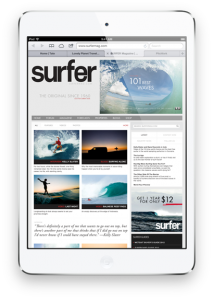 As I mentioned in
As I mentioned in 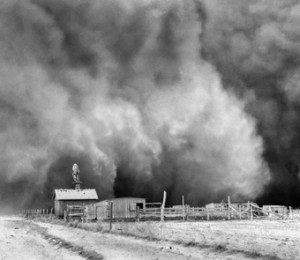 It’s human nature to compare things. We put things in context for better understanding. “This thing [business/weather/process/person/event] that is happening is like this other thing that happened, and that thing turned out [good/bad/different/better/worse].”
It’s human nature to compare things. We put things in context for better understanding. “This thing [business/weather/process/person/event] that is happening is like this other thing that happened, and that thing turned out [good/bad/different/better/worse].”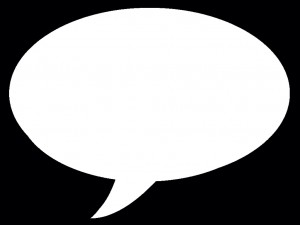 Nobody knows anything.
Nobody knows anything.